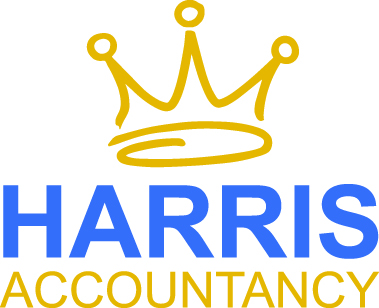 The budget for 2016 was packed with a few surprises for schools with longer days from September 2017 and the additional funding from April 2018 when the Sugar levy kicks in.
The budget for 2016 was packed with a few surprises for schools with longer days from September 2017 and the additional funding from April 2018 when the Sugar levy kicks in.
It has proved to be beneficial for small business with the increase in the Small Business Rate Relief to £12,000 from April 2016 and the Employer National Insurance Contributions allowance increase to £3,000 for 2016/17.
However, the National Living Wage at £7.20 per hour also takes effect from April 2016 meaning that employers will have to budget for this additional cost for employees over the age of 25.
Key changes for Small Businesses
The Corporation tax rate has been to decrease to 19% in 2017 and to 17% by 2020. This would mean businesses pay less tax overall. Furthermore the threshold for Small Business Rate Relief (SBRR) has increase from £6,000 to £12,000 of the rateable value of the business premises. You qualify as a small business if your business property’s rateable value is less than £18,000 (£25,500 for London).
From April 2017, Losses generated from will be carried forward against profits from other income streams or from another company within a group. Currently the losses can write off profits from the same income streams only.
Key changes for Charities
As previous announced, the Gift Aid Small Donation Scheme (GADS) toped-up payments are restricted to a maximum of £8,000 from 6 April 2016.
Key changes employees and employers
Personal allowance to rise to 11,000 from April 2016 and 11,500 in April 2017. This means that we all would have around £80 per year more in our pocket compare to 2015/16 along with the higher tax bracket will rise from £42,385 to £43,000 in April 2016.
Another major change that would affect most employers is a 50p increase from the National Minimum Wage for employees aged 25 or over. The National Living wage (NLW) effective from 1st April is £7.20 an hour. This is a plus point for all those employed at minimum wage. However, this would in turn increase the costs of a business significantly. The NLW may also applicable to apprentices. Strongly recommended to ensure all employees are paid at the right rate before running the April payroll.
On a more positive note, employers still get National Insurance Contribution allowance for the 2016/17 tax year and this has been increased to £3,000 for 2016-17.
Key changes for Schools
Longer school days for 25% of the secondary schools from September 2017 and all schools in England will be an Academy by 2022.
Levy on added sugar in soft drinks will be effective from April 2018. This additional money would be spent by schools on PE and sports.
Key Changes to Self-employed individuals
A reduction in Capital gains tax rate reduced from 28% to 20% and from 18% to 10% for basic rate tax payers from April 2016, this applies to sale of assets such as sale of businesses, second home or shares.
From 2018, individuals would no longer require to pay Class 2 National insurance contributions in order to simply the National Insurance Contributions and therefore only Class 4 NICs will be payable.
A new Allowance was introduced; Property and trading income allowance at £1,000. This allowance is available to individual with property or minimum trading income under £1,000. There will no longer be a requirement to declare or pay tax on it.
Dividend tax credits for dividends is replaced with £5,000 Dividends allowance after which dividends will be taxed at tax at 7.5%, 32.5% and 38.1% respectively depending on your tax band. This is aimed to simplify dividend tax.
Lifetime ISA has been introduced for homebuyers and your retirement fund where one would receive a bonus of 25% for investing in this ISA (capped at £4,000 per year). Withdrawals can be made from this at any time without paying any tax. In order to buy a house, you will be able to withdraw the funds after the first year, otherwise you will have to wait until you are 60 years.
Note that any withdrawal made for any other reason than the above, will not qualify for the bonus and will be subject to a 5% charge.






